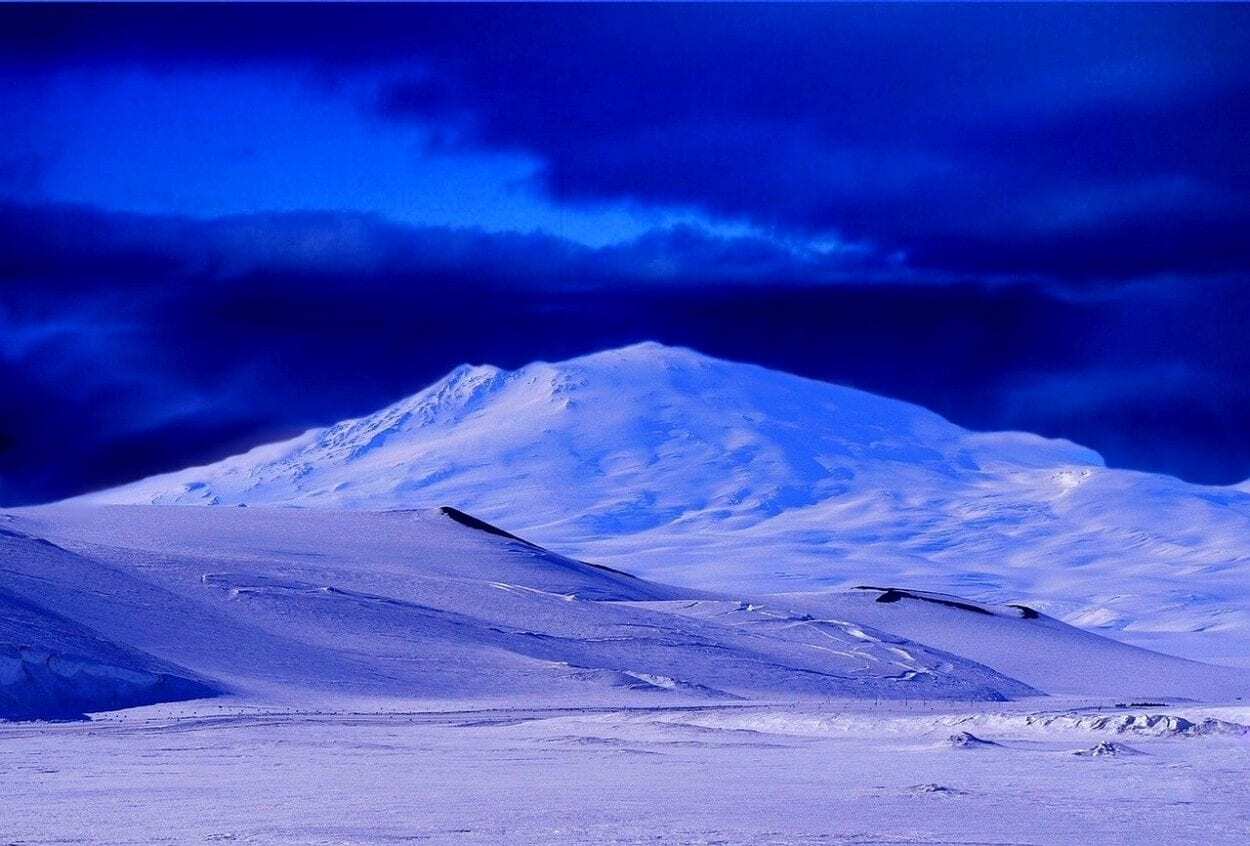Imagine Earth completely covered in ice. While it’s hard to picture all of today’s oceans and land masses obscured with glaciers, such an ice-covered version of the planet was not so far-fetched millions of years ago.
Lasting from approximately 1,000 to 540 million years ago, the dramatic chapter is an important part of Earth’s 4.5-billion-year history. Known as the Neoproterozoic Era, the period of severe glaciation was a time when multicellular organisms were beginning to diversify and spread across the planet.
Many researchers posit that ice may have covered every surface of the planet, stretching from the poles all the way to the hot tropics of the equator–a hypothesis known as “Snowball Earth.”
How was it possible there was global ice–even in the warmest areas of Earth?
Researchers from the University of Rochester are shedding new light on that question. By analyzing mineral data left by glaciers before the onset of the Neoproterozoic Era, Scott MacLennan, a postdoctoral research associate in the lab of Mauricio Ibanez-Mejia, an assistant professor in the Department of Earth and Environmental Sciences, present the first geological evidence that Earth may have had a cool climate before Snowball Earth.
The study, published in Science Advances, provides important information about a period of the planet’s history that paved the way for the development of complex life on Earth.
“This is a fascinating period, as these dramatic environmental changes happened right as the first true animals were beginning to appear and evolve on Earth,” Ibanez-Mejia says.
A critical aspect of understanding a period of planetwide glaciation is determining what the climate was like before Snowball Earth. Computer models indicate that a cool global climate was necessary in order to initiate a Snowball Earth state, but such a state has not been confirmed by geological evidence. Instead, geological evidence has previously suggested that Earth had a warm and ice-free climate immediately prior to the Neoproterozoic glaciation.
While scientists don’t know the exact mechanisms that may have caused Snowball Earth, they suspect that whatever they were, the mechanisms involved a massive decrease in atmospheric carbon dioxide concentrations. There are several scenarios in which the atmospheric carbon dioxide may have decreased. They include an increase in biomass in the oceans, which may have taken carbon dioxide out of the atmosphere and turned it into organic matter, or an increase in the weathering of the continental crust, which also takes up carbon dioxide.
In order to determine whether these scenarios are feasible, however, it’s critical to know more about Earth’s climate before the massive glaciation events started.
“If the Earth was very hot, it would mean the ocean was storing a lot of heat, which would take a lot of time to get rid of in order to create a Snowball Earth,” MacLennan says.
Scientists can determine Earth’s climate at points in time by studying rocks that were deposited at different times throughout Earth’s history. MacLennan and his colleagues used zircon dating methods to very precisely date glacial rocks found in modern-day Virginia. Paleomagnetic data, which allows researchers to determine where the continents were located thousands and even millions of years ago, have established that Virginia was located in the middle of a supercontinent within the tropics while the glacial rocks were being deposited. The supercontinent later broke up into smaller parts.
The researchers discovered that the glacial rocks were actually deposited 30 million years before the first Snowball Earth. The observation was surprising because they had expected the glacial rocks to be related to the Snowball Earth event. Instead, the discovery indicates that there were glaciers in the tropics near the equator–albeit at potentially high altitudes–even before Snowball Earth.
“The planet always gets colder away from the tropics and toward the poles because Earth receives most of its incoming sunlight at the equator,” MacLennan says. “If there are glaciers in the tropics, the rest of the planet must have also been very cold. This means that our previous vision of a hot, humid world before the Snowball Earth is probably incorrect.”
The potential trigger mechanism for the massive global cooling therefore may not have been as extreme as some researchers believe; the planet didn’t immediately turn from a warm state to a frozen state but instead appears to have experienced a more gradual cool-off into a Snowball Earth state.
This research raises interesting questions about what Earth was really like 800 to 700 million years ago, before Snowball Earth events, during a time when interesting biological innovations were taking place as multicellular organisms were beginning to diversify.
“There have been a lot of questions about how multi- and single-cellular life forms would survive the Snowball Earths, especially if there was a rapid transition from a hot greenhouse world,” MacLennan says. “Our estimates for pre-Snowball climate imply the planet was probably colder than the modern world, which means there may have been ample cold environments at high latitude and altitude where organisms could have adapted to these cold conditions.”
Header Image Credit – Public Domain







